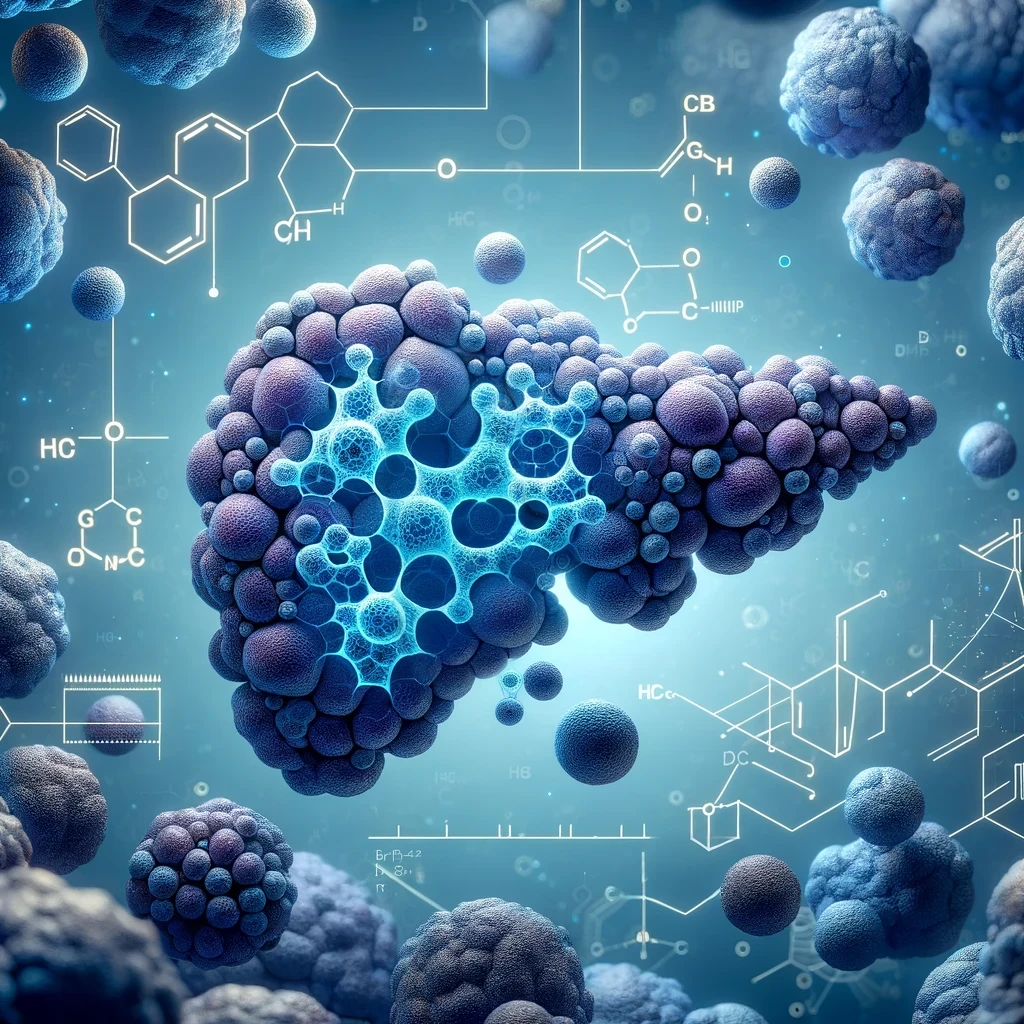Pancreatic ductal adenocarcinoma (PDAC), characterized by aggressive nature and low survival rates, has been the focus of recent studies highlighting the role of High Mobility Group Box 1 (HMGB1), presenting both challenges and new avenues for treatment strategies.
Paracrine Effects Post-Radiotherapy
Researches have shown that radiotherapy-induced #cell death in PDAC facilitates metastasis through the release of HMGB1 from dying pancreatic cancer cells. This paracrine release significantly enhances the migration and invasion capabilities of surviving cancer cells by inducing epithelial-mesenchymal transition (EMT) and activating PI3K/pAkt pathways through TLR2 interaction. The findings suggest that targeting HMGB1 could potentially thwart pancreatic carcinoma relapse post-radiotherapy, offering a strategic avenue to improve clinical outcomes.
HMGB1 as a Dual-Function Protein
HMGB1 serves as both a tumor suppressor and a promoter in PDAC. While intracellular HMGB1 plays a protective role by curbing oxidative stress and genomic instability, its extracellular form, recognized as a damage-associated molecular pattern (DAMP), aids tumor survival by interacting with RAGE in the pancreatic tumor microenvironment. This dual functionality of HMGB1 underscores its significance in the pathogenesis of PDAC and presents a unique target for therapeutic intervention.
Potential Therapeutic Approaches
Leveraging the dual roles of HMGB1, researchers are exploring targeted therapies that could inhibit the detrimental effects of extracellular HMGB1 while enhancing its tumor-suppressive properties intracellularly. The use of agents like glycyrrhizin to prevent the release of HMGB1 or neutralizing its activity could pave the way for innovative treatments that more effectively combat pancreatic cancer
In HMGBiotech we provide comprehensive information to facilitate informed decision-making for research involving HMGB1.
Contact us for your pre-sales questions about HMGB1
Read the full articles about the studies:
https://www.ncbi.nlm.nih.gov/pmc/articles/PMC7802798
https://www.ncbi.nlm.nih.gov/pmc/articles/PMC5883315
https://pubmed.ncbi.nlm.nih.gov/28374746




